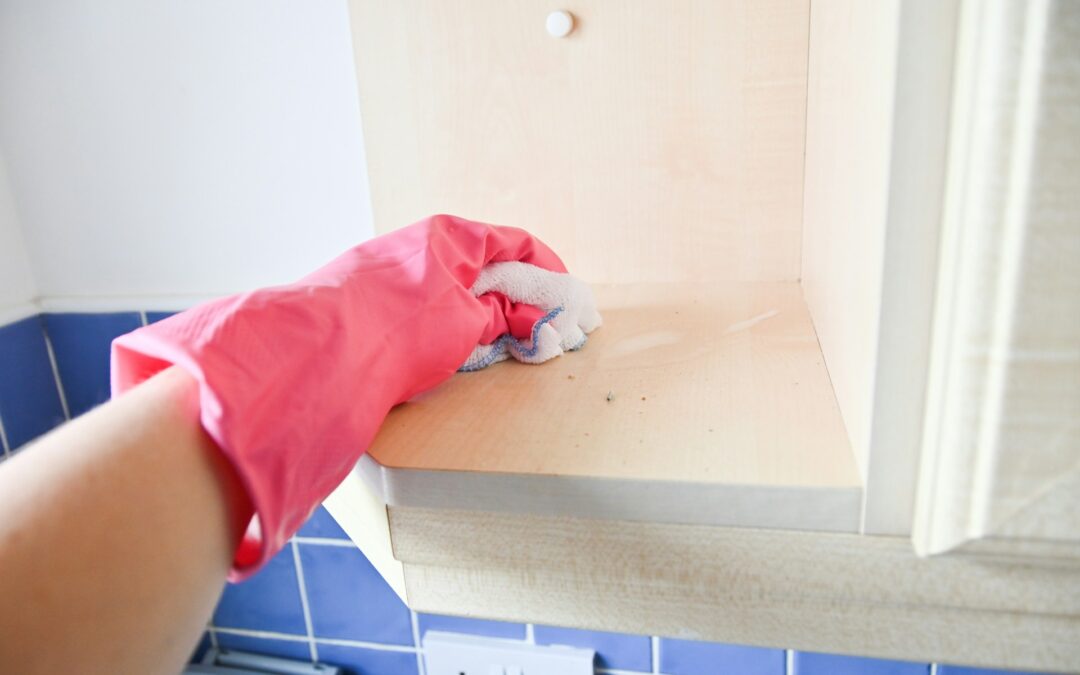Mold in the basement can be a real nuisance and a potential health risk. It thrives in damp, dark areas and can quickly spread if not addressed. Many homes experience mold due to moisture problems, such as leaks or high humidity. Mold is not just unsightly; it can also compromise air quality and affect your health, leading to allergies or respiratory issues.
Before tackling mold, it’s crucial to understand where it’s coming from and what’s causing it. Knowing the source helps in effective removal and ensures it doesn’t reappear. Whether it’s a small patch or a more extensive growth, there are safe ways to handle it.
By equipping yourself with the right tools and knowledge, you’ll be able to manage mold problems confidently. With a few careful steps, you can clear your basement of mold and prevent it from becoming a recurring problem. Let’s dive into the best practices for identifying and removing mold to keep your home safe and clean.
Identifying Mold Sources in Your Basement
Mold spores are always present in the air, but they thrive and grow in moist conditions. In basements, common sources of moisture include leaky pipes, poor ventilation, and seepage from the walls or floors. Dampness and humidity set the stage for mold growth, which often appears on walls, ceilings, or behind furniture where air circulation is poor.
To identify mold in your basement, start by scanning the area for visible discoloration. Mold comes in various colors such as green, black, or white. It might appear fuzzy or slimy, typically in spots or patches. Don’t forget the hidden areas like behind insulation and inside wall cavities, as mold can develop there too.
Another way to detect mold is by smell. A musty or earthy odor is usually a sign that mold is present, even if you can’t see it. Humid and cramped areas intensify these odors, which can be strong and persistent.
Make sure to also consider environmental factors, like recent floods or leaks. If your basement has experienced any water damage, there’s a significant risk of mold growth. Checking these common sources helps to pinpoint areas needing attention and prevents further mold spread in your home.
Essential Safety Gear for Mold Removal
Removing mold requires adequate safety measures to protect yourself from health risks. Mold exposure can cause allergic reactions or irritations, so it’s important to have the right protective gear before you start cleaning.
Firstly, wear a high-quality mask or respirator, ideally one that filters small particles like mold spores. This protects your lungs from inhaling harmful spores while you work. Disposable masks should be replaced regularly, while reusable ones need consistent maintenance.
Next, equip yourself with protective gloves. Choose gloves made from rubber or latex to keep your hands safe from cleaning chemicals and mold. Also, consider wearing long sleeves and pants to cover your skin, thus preventing any contact with mold that might cause skin irritation.
Goggles without ventilation holes are essential to protect your eyes from mold and cleaning agents. This precaution is particularly important when using strong cleaning solutions that could splash.
Finally, keep good ventilation in the work area. While not gear, ensuring the basement is well-ventilated reduces mold spores in the air and minimizes the spread to other parts of your home. With these measures, you can safely start the mold removal process without putting your health at risk.
Step-by-Step Guide to Cleaning Mold from Your Basement
Cleaning mold from your basement involves a careful and thorough process. To tackle the mold effectively, you must follow these steps to ensure your basement becomes mold-free and safe.
1. Prepare the Area: Start by clearing the basement of any items that might obstruct cleaning. Remove furniture and personal belongings, focusing on items with visible mold. Seal them in plastic bags for disposal or thorough cleaning.
2. Contain and Ventilate: Close the basement door to contain mold spores and open any windows for ventilation. Use a fan directed outward to help push spores out of the space, reducing airborne mold particles.
3. Dry the Area: Mold thrives in moisture, so drying affected areas is crucial. Use fans or dehumidifiers to dry the basement, preventing mold from growing back during cleaning.
4. Clean Moldy Surfaces: Use a mixture of water and detergent or a commercial mildew cleaner. Apply it to non-porous surfaces with a cloth or sponge, scrubbing gently. For porous surfaces like wood or drywall, consider replacing them if the mold damage is extensive.
5. Disinfect: After cleaning, disinfect the entire area to kill any remaining spores. Use a mixture of one cup of bleach to one gallon of water. Apply it carefully, especially on mold-prone areas.
6. Dispose of Cleaning Materials: Once done, dispose of cleaning rags, sponges, and other materials in sealed plastic bags. This helps prevent the spread of mold spores to other areas of the house.
Following these steps ensures a cleaner, safer basement free from the dangers of mold.
Preventing Mold Recurrence in the Future
Preventing mold from returning requires proactive measures. By addressing the root causes and maintaining proper conditions, you can keep your basement mold-free and healthy.
1. Control Humidity: Keep the basement’s humidity levels between 30% and 50% using dehumidifiers. Regularly check moisture levels, especially during wet seasons.
2. Fix Leaks Promptly: Inspect plumbing and walls for leaks. Address any signs of water damage quickly to prevent moisture from promoting mold growth.
3. Improve Ventilation: Ensure your basement has adequate airflow. Install vents or fans to promote air circulation and reduce humidity buildup.
4. Use Mold-Resistant Products: When renovating, choose mold-resistant materials like drywall and insulation. These can help minimize mold growth within wall cavities or ceilings.
5. Regularly Inspect for Mold: Periodically inspect your basement for any signs of mold. Regular check-ups can help catch any mold issues early before they spread.
Taking these precautions ensures your basement remains mold-free and is a healthier space for you and your family.
Achieving a Mold-Free Basement: Final Thoughts and Next StepsConclusion
Aiming for a mold-free home means understanding and addressing the specific needs of your basement environment. By identifying mold sources, using safety gear, and following proper cleaning steps, you ensure your space stays clean and healthy. Preventative measures keep mold from coming back, making your efforts worthwhile and lasting.
When you’re ready to deal with mold effectively, trust the expertise of the All Seasons team. Mold removalcan be challenging, but with professional help, you can ensure your basement stays fresh, clean, and safe. Contact All Seasons today at+1 815-869-7687to schedule your service and take the first step towards a healthier home environment.



